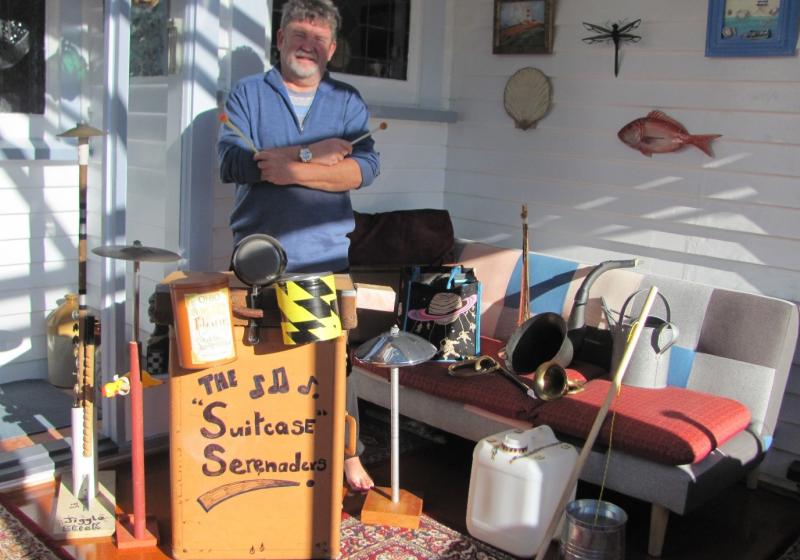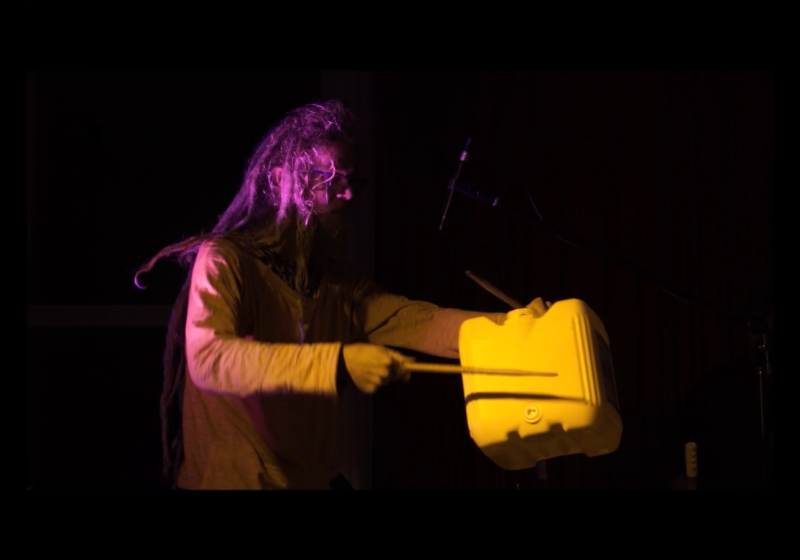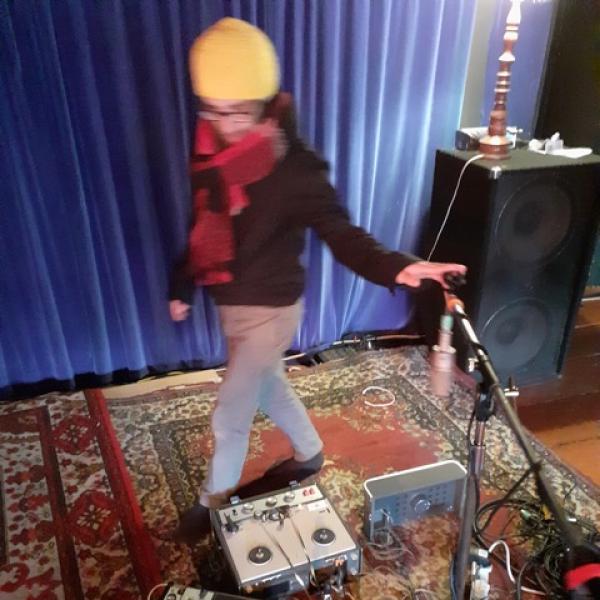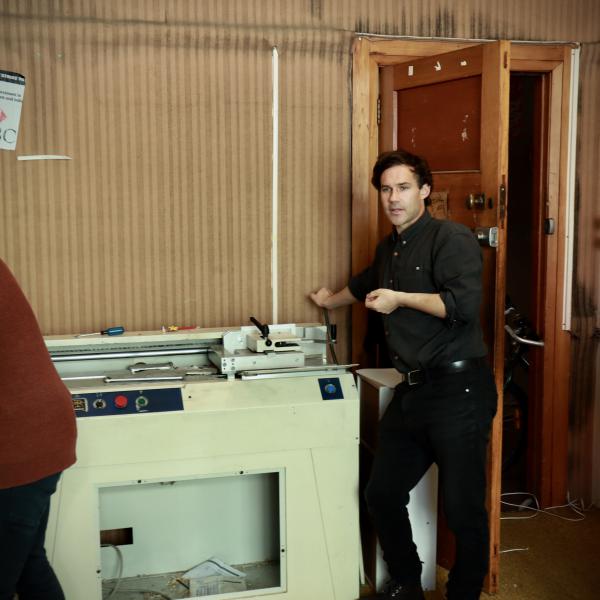Resourceful Instruments and Equipment
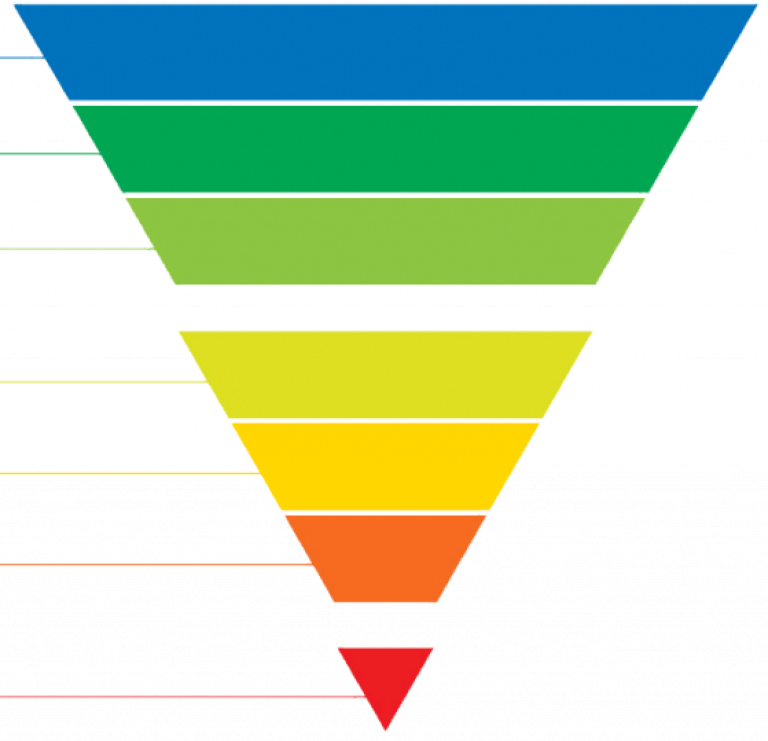
A resourceful approach to instruments doesn’t mean abandoning conventional instruments, just as living a zero waste lifestyle or going car-free doesn’t mean signing out of society. Most of us already own musical instruments and equipment – these are resources available to us. The challenge comes when we decide we need new equipment or must replace something. Here is where principles like the waste hierarchy and the circular economy come in handy.
The waste hierarchy helps guide decision-making for products, materials or systems to minimise waste and pollution. It addresses the waste at products’ end-of-life, while accounting for the full lifecycle impacts (e.g. greenhouse gas emissions and pollution) of getting that product to you in the first place – extracting raw materials/resources (forestry, petrochemicals, mining for metals etc.), manufacturing, transportation/shipping, packaging.
The waste hierarchy is generally applicable at both a system or macroeconomic level and an individual/household level, and is an essential tool for transitioning to a circular economy. The goal is to work as close to the top of the hierarchy as possible, descending only when achieving the higher tiers becomes impossible -
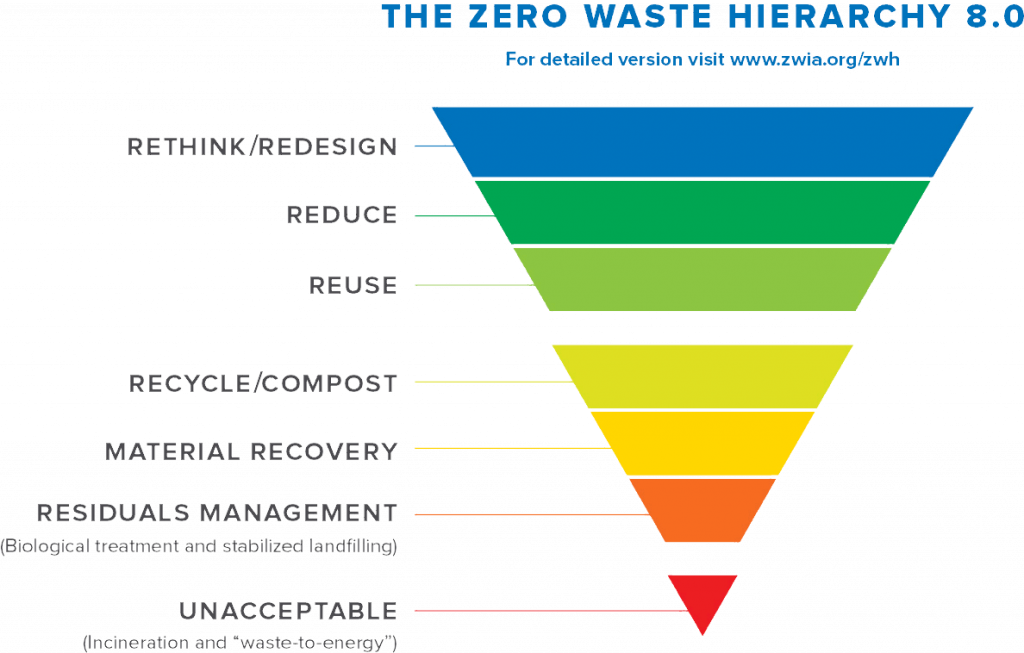
How does the waste hierarchy apply to instruments and equipment? Many specifics will depend on your circumstances, e.g. availability, the kind of equipment you need, and the purpose. But, in general, let’s say you need a new piece of equipment, like an amp/speaker, microphone, or a new instrument. You could ask the following questions:
- Do you really need it (Rethink)?
- If it’s for a one-off, can you borrow or hire one (Rethink, Reduce)?
- If you will use it frequently, can you source it secondhand (Reduce, Reuse)?
- If you purchase one, is it durable and repairable (Reduce, Reuse)?
- If it breaks and cannot be repaired, is it (or are components of it) reusable, recyclable or compostable in your area?
Sometimes, the decisions get tricky, especially when it comes to components – new drum skins, reeds, strings, cables etc. Many of these items cannot be bought secondhand, are unnecessarily packaged, and options may be limited. Attitude and aesthetics may be relevant in these circumstances (I haven’t replaced my drum skins for many years…), and good care and maintenance will help extend equipment lifespan. But all this stuff will produce waste ultimately, and thus create demand for new materials and products – again, that inextricable link to consumer capitalism.
That’s why repurposing materials to make DIY instruments and equipment epitomises the waste hierarchy. By using either secondhand and discarded/waste items, or natural materials found locally (where taking doesn’t disrupt an ecosystem), we are rethinking and redesigning how we make music in the first place, offsetting (reducing) resource consumption, and reusing existing materials. While these sorts of practices go against the grain of our wasteful society, they might have to become the norm if we are to avoid ecological collapse. Indeed, it may not be long before such practices currently considered ‘fringe’ become essential and valuable skills in a circular economy.
Te ao Māori and resourcefulness
While the waste hierarchy and circular economy help with the how, mātauranga Māori can help explain the why for rethinking, redesigning and reducing material consumption. Kaupapa Māori zero waste organisation Para Kore frequently draws on the concept of whakapapa (genealogy) to explain not just humanity’s inseparability from the natural world, but also the lifecycles and impacts of materials and resources. Ultimately, all things come from Papatūānuku (the Earth) and have an extensive life before and after passing through our possession.
The way whakapapa highlights the connections and relationships between the human and natural worlds doesn’t gel with the disconnected logic of today’s modern economy. Prevailing economic logic divides the Earth’s ‘resources’ into commodities and moves them through exceedingly complex supply chains that obscure their lifecycles and leave us ignorant of the environmental consequences of our consumption choices. Investigating the whakapapa of the materials and products we encounter is a powerful way to learn and understand the ecological connections and consequences of production and consumption.
In te ao Māori, the whakapapa relationships between humankind and the taiao (environment) are represented in music through taonga pūoro. Taonga pūoro are grouped into different whānau of instruments, each with their own whakapapa to the natural world – to Ranginui and Papatūānuku. While these relationships are often described in terms of atua (deities), many practitioners have explored the whakapapa of the physical properties of taonga pūoro, both in terms of materials used and craft/making techniques (See Brian Flintoff’s Taonga Pūoro: Singing Treasures: The Musical Instruments of the Māori). Many have identified the connection between taonga pūoro, taiao (environment) and resourcefulness, for example, in the natural capacity for taonga pūoro to be created from found materials. Whether this connection is inherent to taonga pūoro and te ao Māori, or a function of the revitalisation of taonga pūoro, it demonstrates the decolonial potential of resourceful music-making.

